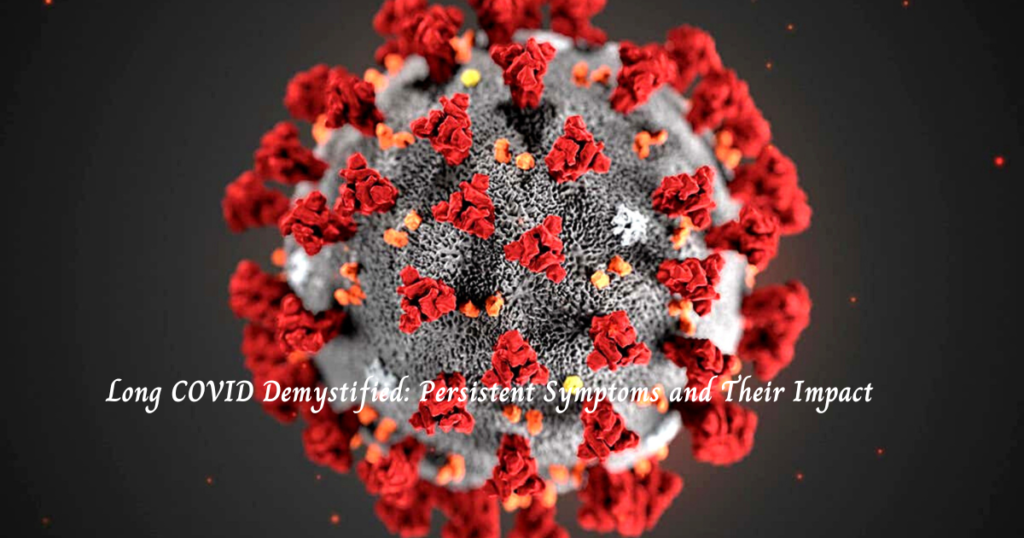The Centers for Disease Control and Prevention (CDC) have observed an increase in COVID-19 cases and hospitalizations. However, it’s worth noting that the numbers remain significantly lower than they were in August 2022. This is attributed to stronger immunity, widespread vaccination, and effective treatments. It’s essential to continue adhering to CDC guidelines, including regular handwashing, avoiding contact with sick individuals, and self-isolating when feeling unwell.

Unchanged COVID-19 Symptoms in 2023: Recognizing the Telltale Signs
Even with the emergence of new COVID variants like Eris (EG.5) and Omicron BA.2.86, the symptoms of COVID-19 have remained consistent. Keep an eye out for these classic symptoms: fever, cough, shortness of breath, fatigue, muscle aches, headache, loss of taste or smell, sore throat, congestion, runny nose, diarrhea, and nausea or vomiting. These symptoms could signify a COVID infection, but they might also point to another illness. If you suspect exposure, consult your primary care provider or consider an at-home test.
Duration of COVID-19 Symptoms: What to Expect
COVID-19 symptoms typically manifest 2-14 days after exposure, with most individuals experiencing them for a few weeks. However, a subset of individuals, often referred to as “long-haulers,” may endure symptoms for up to 12 weeks or even 3 months post-infection.
Identifying Severe COVID-19 Symptoms
According to the CDC, severe COVID-19 symptoms that warrant immediate attention include difficulty breathing, persistent chest pain or pressure, confusion, inability to stay awake, and changes in skin color (pale, gray, or blue). While this list isn’t exhaustive, it’s crucial to reach out to healthcare professionals if you experience concerning symptoms.
Understanding Long COVID: Lingering Symptoms Explained
Long COVID varies among individuals but generally persists for at least 12 weeks after initial symptoms. Common long COVID symptoms include breathing difficulties, fatigue, chest pain, joint and muscle pain, heart palpitations, symptom exacerbation after physical activity, pins-and-needles sensations, diarrhea, alterations in taste and smell, fever, dizziness when standing, sleep disturbances, skin rashes, mood swings, headaches, changes in menstrual cycles, brain fog, and mental health challenges.
Mastering At-Home COVID Testing: A Step-by-Step Guide
To conduct an at-home COVID test (a rapid test), carefully follow the manufacturer’s instructions. Typically, you’ll need to wait for 15 minutes after taking the test. A “C” line confirms the test’s proper functioning. If there’s no line under “C,” repeat the test. A negative result is indicated by no line under “T,” while any line under “T,” regardless of its intensity, signifies a positive result.
Deciphering Expiration Dates on COVID-19 Tests
At-home COVID tests approved by the FDA display expiration dates. Using an expired test is not recommended by the FDA. However, some tests have had their expiration dates extended. Initially set conservatively, these dates were revised based on new research. You can verify whether your test’s expiration date has been extended by consulting the FDA list.
By staying informed about COVID-19 symptoms and using at-home tests as necessary, we contribute to the collective effort to combat the virus and safeguard our communities.

